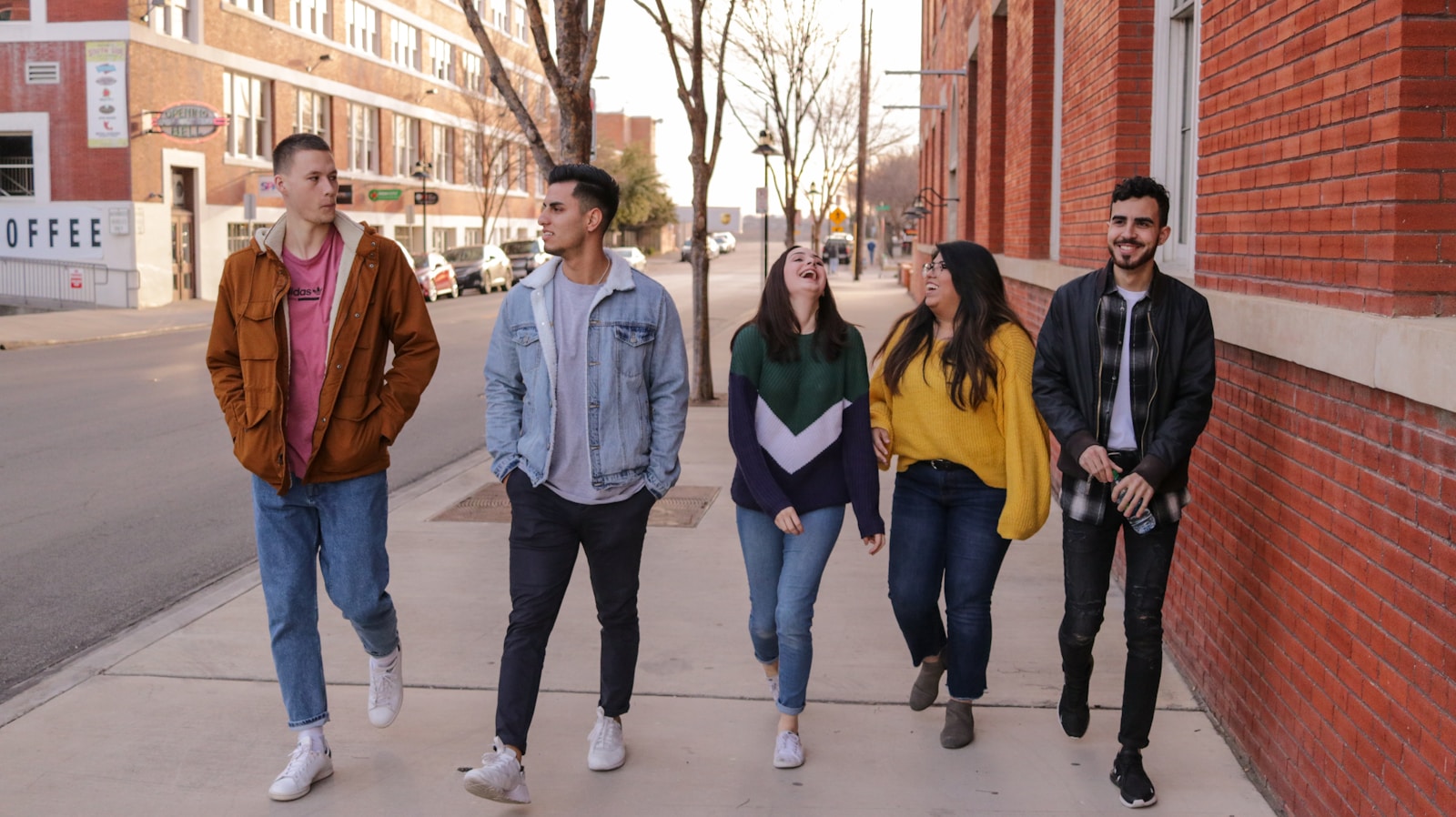Key Takeaways
• American colleges expect 30–40% fewer international students in fall 2025.
• Visa restrictions and embassy delays block about 150,000 students.
• Losing these students could cost the U.S. economy $7 billion.
• International students support local jobs with their spending.
• Changes started with new visa rules and high-profile arrests.
Colleges from Tucson to Tallahassee are busy with new students. However, one big change stands out. Experts predict 30–40% fewer international students on U.S. campuses this fall. That means about 150,000 fewer students. These numbers come from a nonprofit called NAFSA and a tech firm named JB International. They study international student trends.
This trend cuts deep because more than 1.1 million international students studied in the U.S. in 2023–24. Over half came from China or India. Now, many can’t get visas. Embassies in India, China, Nigeria, and Japan have canceled appointments. As a result, colleges that plan for big global classes must adjust.
How Visa Changes Affect International Students
New visa rules make it hard to study in the U.S. First, some embassies stopped booking student appointments. Next, the government tightened rules under an old 1952 law. This law lets officials cancel visas if they think a student could hurt U.S. interests. So far, about 6,000 visas have been revoked. At the same time, arrests of students in protests have sent a warning. For example, a student at Tufts faced arrest after writing about politics. Overall, these moves discourage students from applying.
A Long History of Global Learners
International students have studied in America for over a century. Early in the 1900s, big donations helped create fellowships. Later, the U.S. government funded programs like Fulbright. By 1949–50, just 26,000 foreign students came to U.S. colleges. That number jumped to over 286,000 three decades later. In the 1990s, more than 400,000 students came each year. By 2015–16, the total passed 1 million for the first time.
Today, international students make up about 6% of all U.S. college students. Yet, that share is much higher in other countries. In Canada they make up 38% of university students. In Australia it is 31%, and in the U.K. it is 27%. These places have fewer hurdles for visas, so they draw more students.
Why the Drop Matters
Losing international students hits more than campus life. It also hurts local economies. International students spend about $35,000 each on housing, food, transport, and fees. In fact, for every three international students, one American job is supported. NAFSA estimates the U.S. could lose $7 billion in revenue in 2025–26. That loss affects bookstores, restaurants, housing markets, and public transport. Consequently, entire towns can feel the pinch.
What Happens Next
More changes could come soon. The government plans to cap student stays at four years. After graduation, students now have a 60-day grace period before they must get a work visa. A shorter stay could make the U.S. less attractive for research degrees that take longer. Additionally, a travel ban blocks people from 19 countries, mostly in the Middle East and Africa. These rules add to the uncertainty.
How US Colleges Are Adjusting
Schools that host the most international students include NYU, Northeastern, and Columbia University. Other big hosts are Arizona State, Purdue, and the University of North Texas. These campuses rely on global students for cultural exchange and tuition. Now, they face budget gaps and fewer language programs. For example, some Kansas City colleges had to cut back classes because students could not get visas.
Colleges are trying new steps. They offer virtual orientations, apply for special embassy slots, and boost recruiting in friendly countries. Yet, it remains unclear if these fixes will bring back students who worry about delays and safety.
A Call for Action
Clearly, the drop in international students poses a risk. For decades, they have shaped research, culture, and local businesses. Moreover, they build bridges between nations. To reverse the trend, the U.S. could streamline visas, expand embassy staff, and reassure students about campus safety. In that way, America can stay a top choice for learners worldwide.
Frequently Asked Questions
How did visa changes lead to fewer students?
New rules let the government cancel visas if it sees a potential risk. At the same time, embassies cut student appointment slots. These moves make it harder for students to secure visas.
What is the role of international students in the economy?
Each international student spends around $35,000 locally. They support housing, food service, public transit, and one American job per three students. A drop can cost billions.
Will more international students come back soon?
It depends on future visa policies and embassy capacity. If the government eases rules and speeds up appointments, more students may feel safe to apply.
How can the U.S. attract more students?
Streamlining visa applications, expanding embassy staff, and reassuring students about safety can help. Also, promoting scholarship programs and research partnerships will boost appeal.

